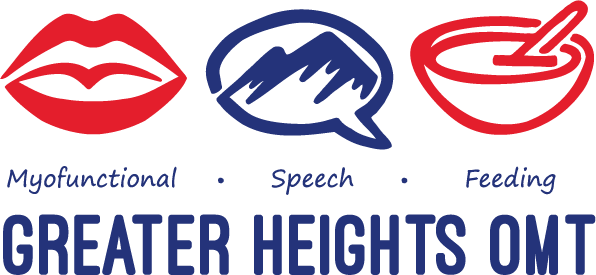Some children have swallowing problems, or dysphagia (dis-FAY-juh). Swallowing happens in three stages, or phases. A child can have a problem in one or more of these phases. They include:
- Oral phase – sucking, chewing, and moving food or liquid into the throat. Feeding is a part of the oral phase.
- Pharyngeal phase – starting the swallow and squeezing food down the throat. The child needs to close off his airway to keep food or liquid out. Food going into the airway can cause coughing and choking.
- Esophageal phase – opening and closing the esophagus, or the tube that goes from the mouth to the stomach. The esophagus squeezes food down to the stomach. Food can get stuck in the esophagus. Or, a child may throw up a lot if there is a problem with the esophagus.

Could my baby or toddler have a feeding problem?
1. Have there been limited improvements with establishing/maintaining latch on breast or bottle, despite trying multiple strategies or getting help from a lactation specialist?
2. Is milk frequently leaking from their mouth while feeding from breast or bottle?
3. Does your child present with audible sucking, swallowing, or breathing sounds when feeding from breast or bottle?
4. Do you see signs of distress or fatigue during feeding (including stopping to catch their breath or quickly getting sleepy)?
5. Does your child have frequent gas/tummy discomfort, excessive spit-up/reflux, and/or colic?
6. Is there a wet quality of breath/vocalizations after feeding (any age)?
7. Has there been frequent refusal when introducing baby and/or toddler foods (or after)?
8. Are there difficulties with managing baby and/or toddler foods (frequent coughing/gagging or unable to manipulate/swallow foods properly)?
9. Does your child appear to “munch” on the breast or bottle with an up/down jaw motion while sucking?
Could my school-aged child have a feeding problem?
- If you were to make a list of all of the foods that your child eats, how many foods would be on that list?
- Does your child eat the same food over and over, then suddenly stop eating that food? Will they accept that food again at some point in the future, or is that food typically lost?
- What happens if you put a new food on their plate?
- Do they eat at least one food from most nutrition (proteins, vegetables, etc.) and texture (purees, soft foods, chewy foods, etc.) categories?
- What does their plate look like at meals compared to the rest of the family’s?
- How hard is it for them to learn about new foods?
- How often has your child been reported as a “picky eater” at well-child check-ups?
Does your child gag easily or bite their tongue/cheek frequently?
Is your child a very slow, messy, or loud eater?
Does your child suffer from frequent constipation, acid reflux, or other tummy issues?
Causes of Feeding and Swallowing Disorders
There are many possible causes for feeding and swallowing problems, including:
- Nervous system
- disorders, like cerebral palsy or meningitis
- Reflux or other stomach problems
- Being born premature or having a low birth weight
- Cleft lip or palate
- Breathing problems such as asthma
- Autism
- Head and neck problems
- Muscle weakness in the face and neck
- Medicines that make her sleepy or not hungry
- Sensory issues
- Behavior problems
Your child may need feeding or swallowing intervention to do assist in one or more of the following:
- making the muscles of the mouth stronger
- helping to move the tongue (lateralize, elevate)
- helping to improve chewing patterns
- increasing the number of foods in the diet
- improving drinking from a cup
- varying food textures and liquid thickness
- helping with oral sensory issues. Your child may not like the way food feels in his mouth or on his hands.
